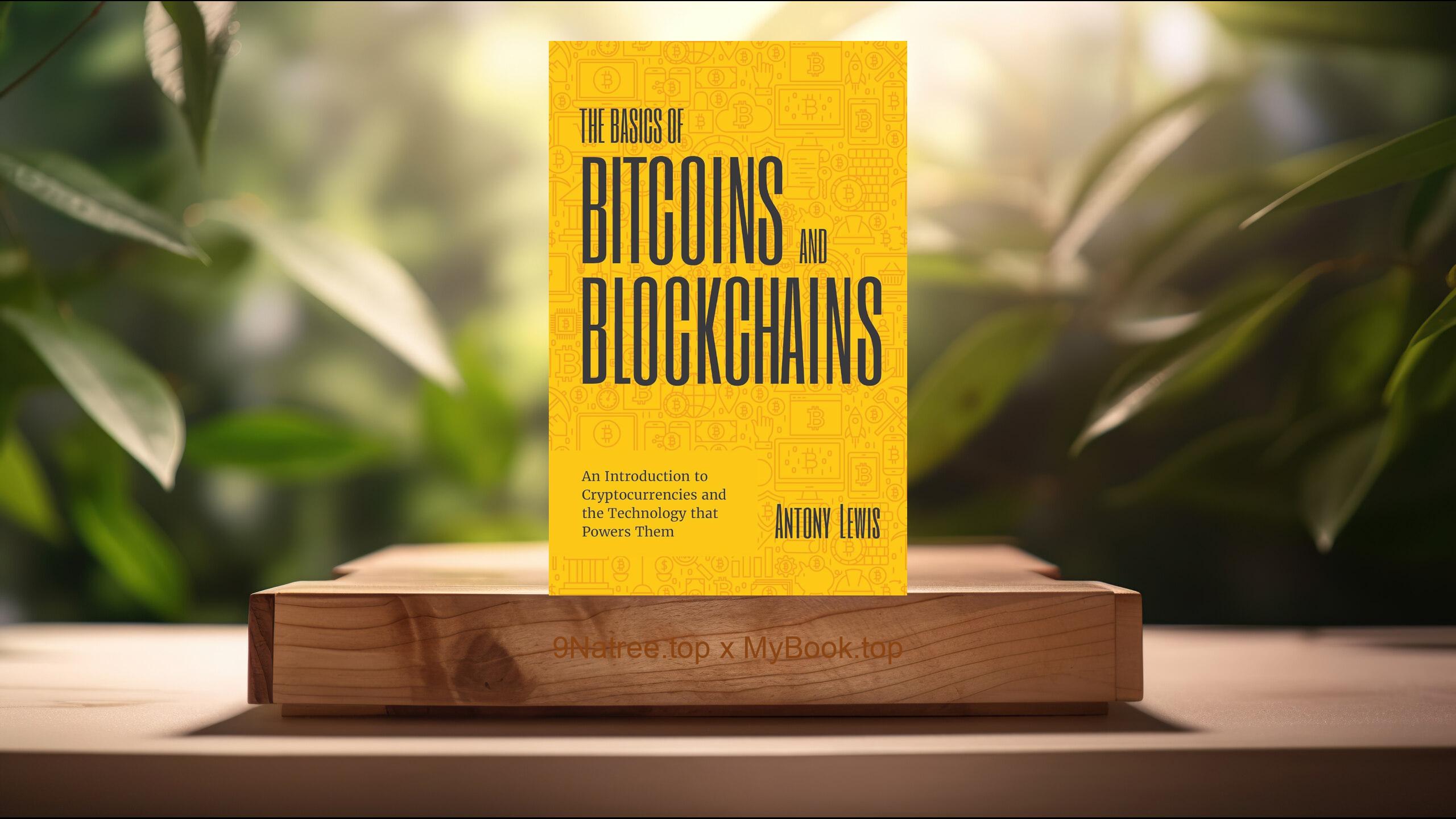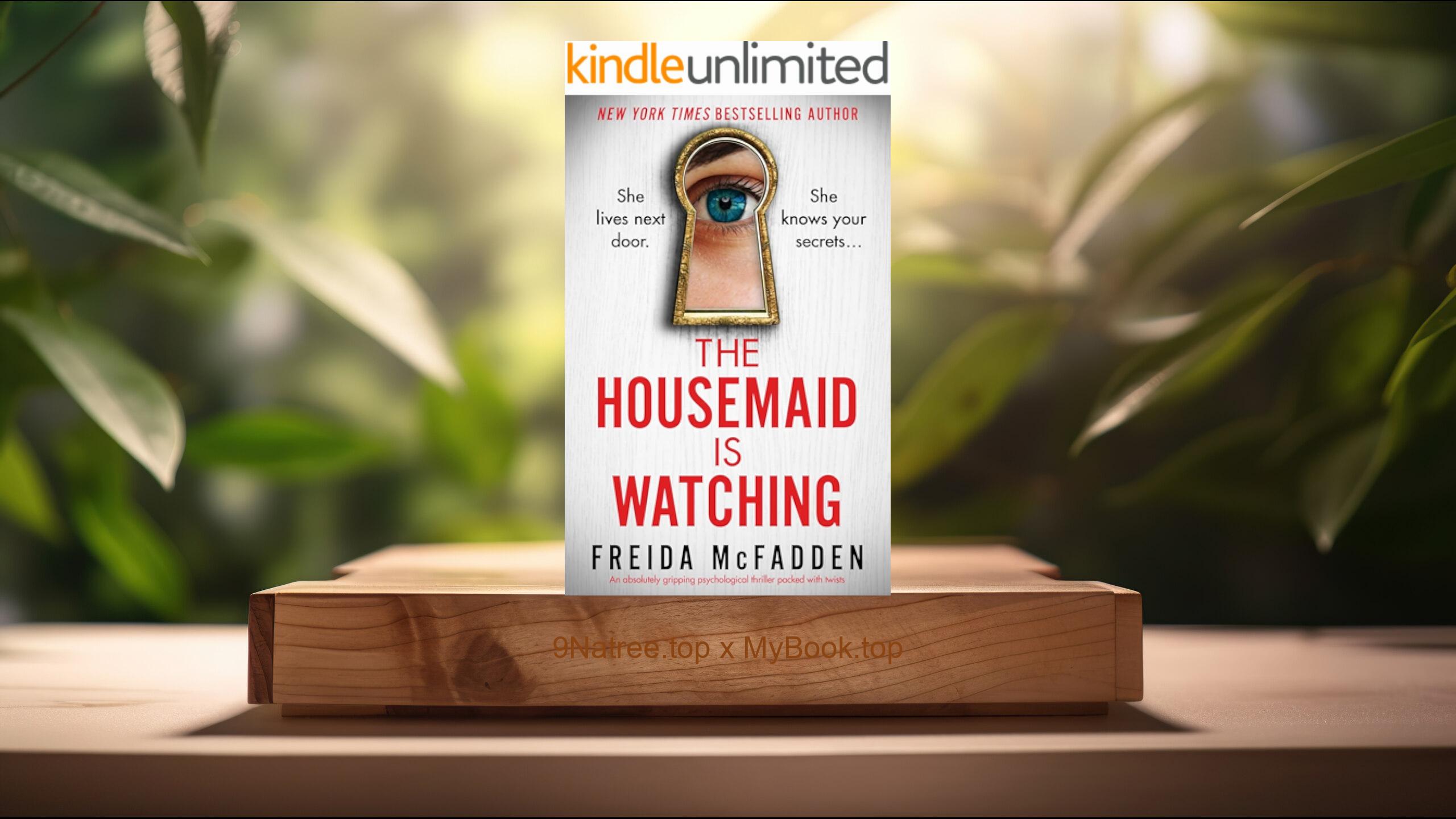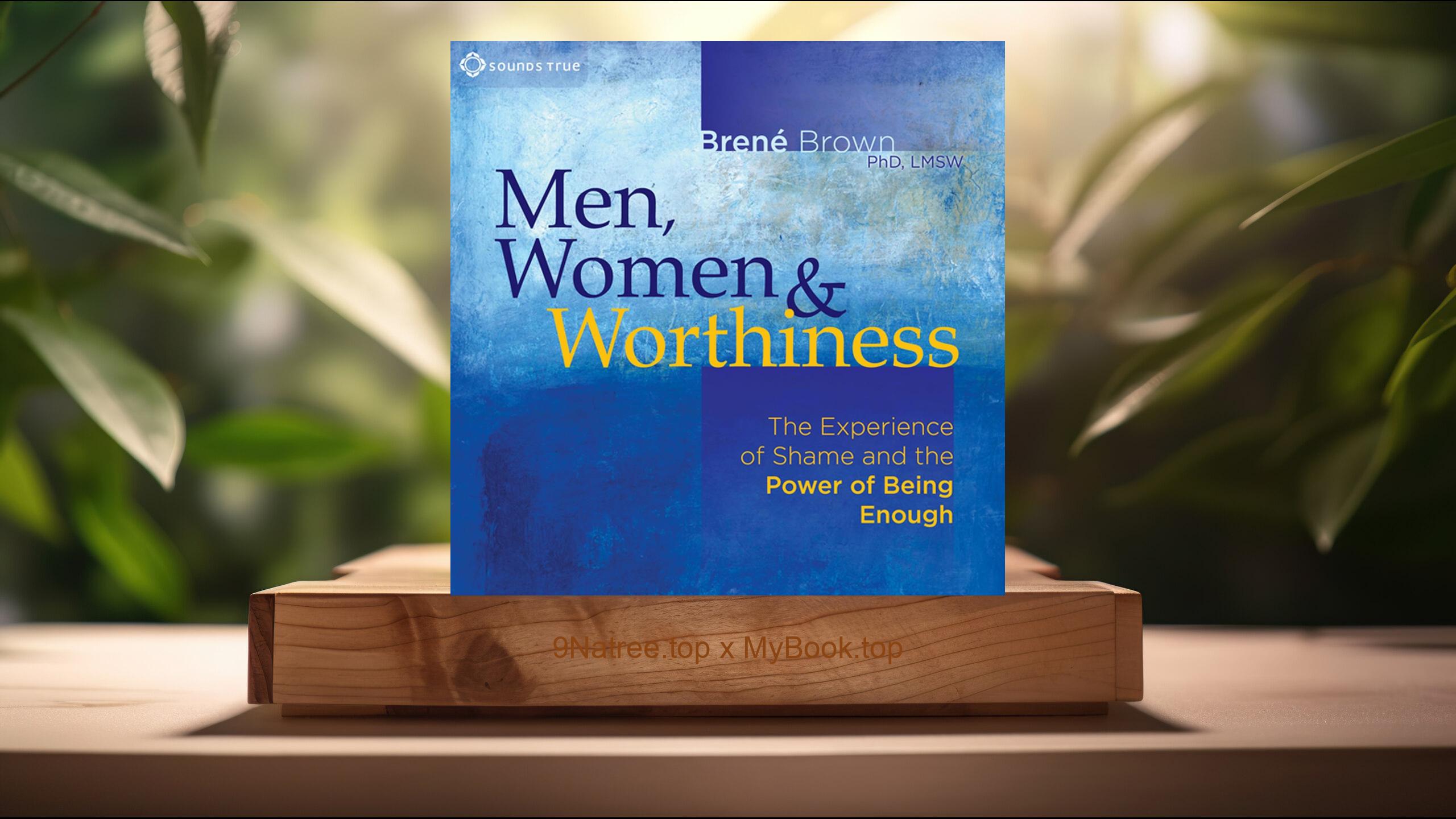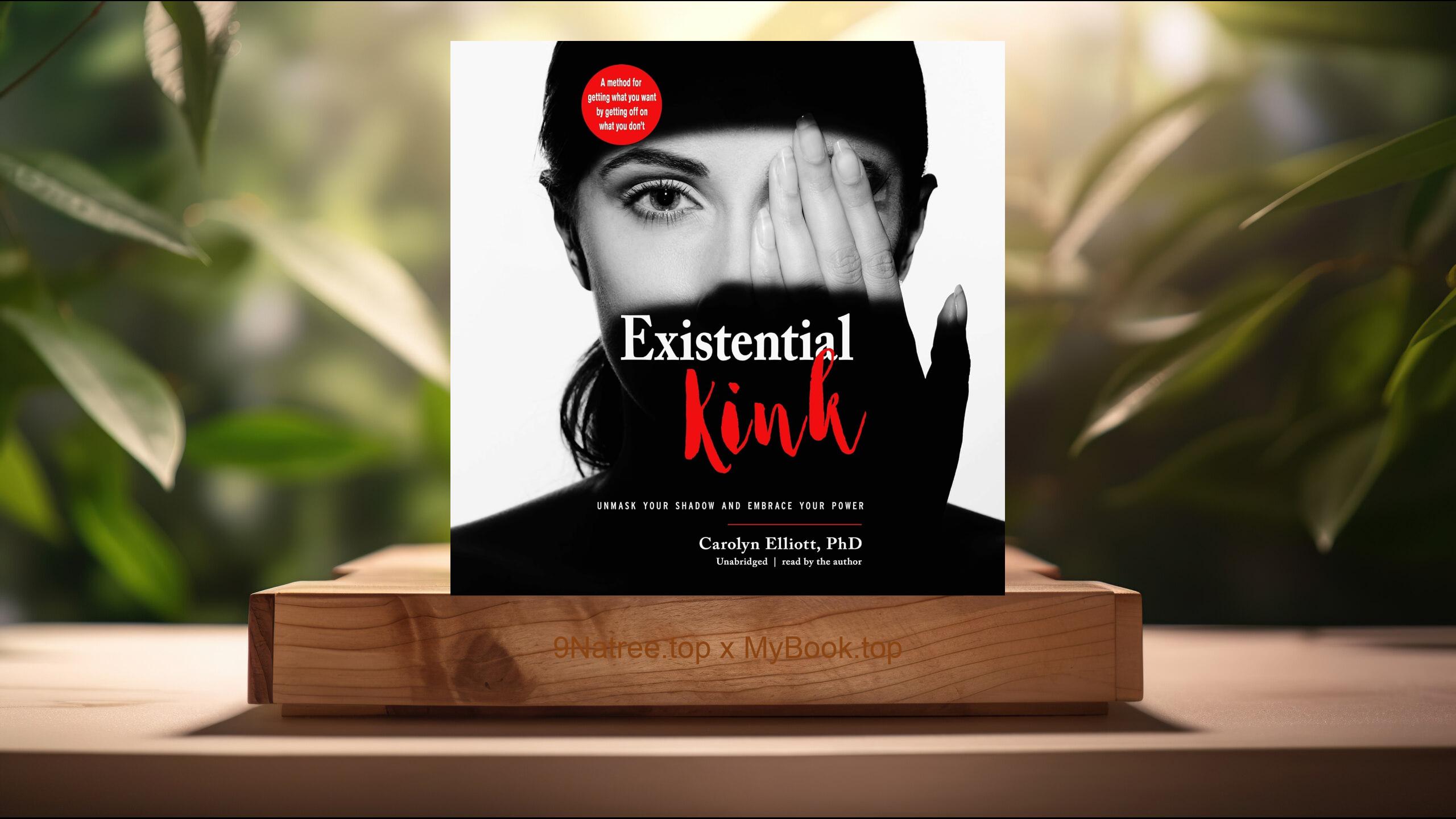Show Notes
- Amazon Books: https://www.amazon.com/dp/B004PYDAPE?tag=9natree-20
- Apple Books: https://books.apple.com/us/audiobook/how-to-read-a-book-unabridged/id1585883819?itsct=books_box_link&itscg=30200&ls=1&at=1001l3bAw&ct=9natree
- eBay: https://www.ebay.com/sch/i.html?_nkw=How+to+Read+a+Book+Charles+Van+Doren+&mkcid=1&mkrid=711-53200-19255-0&siteid=0&campid=5339060787&customid=9natree&toolid=10001&mkevt=1
- Read more: https://mybook.top/read/B004PYDAPE/
#ReadingComprehension #CriticalThinking #AnalyticalReading #SyntopicalReading #ActiveReadingStrategies #TextualCriticism #IntellectualGrowth #ReadingAcrossGenres #HowtoReadaBook
These are takeaways from this book.
Firstly, The Levels of Reading, The concept of the Levels of Reading is central to understanding 'How to Read a Book.' The authors delineate four levels of reading: Elementary, Inspectional, Analytical, and Syntopical reading. Each level builds upon the previous one, starting from the basic understanding of the text (Elementary) to a thorough analysis and comparison of multiple texts (Syntopical). Elementary Reading teaches the basics of decoding symbols and understanding sentences. Inspectional Reading is about skimming or superficial reading to get an overview of the book. Analytical Reading delves deeper, demanding more time and effort to understand the book fully, urging readers to engage critically with the text, asking probing questions and scrutinizing arguments. Syntopical Reading, the most advanced level, involves reading multiple books on the same subject to understand the discussion or argument from various perspectives. This framework not only categorizes the reading process but also serves as a guide to readers on how to elevate their reading skills systematically.
Secondly, How to Be a Demanding Reader, The book posits that to gain the most from any reading material, one must be a demanding reader. This means engaging actively with the text, asking questions, making connections, and critically evaluating the content. The authors introduce techniques such as marking up a book, which encourages readers to interact directly with the material through underlining, highlighting, annotating, and writing questions or objections in the margins. These practices enable readers to not just passively consume information but to engage in a dialogue with the author, fostering a deeper understanding and retention of the content. Being a demanding reader also involves understanding the author’s intent, critically analyzing the arguments put forth, and synthesizing the information with one’s own knowledge and experiences. This approach transforms reading from a passive to an active endeavor, making it more enriching and intellectually stimulating.
Thirdly, The Role of Criticism in Reading, Criticism plays a pivotal role in the analytical phase of reading. 'How to Read a Book' emphasizes the importance of fair criticism, which is constructive and seeks to engage deeply with the text's arguments and ideas. Criticism, according to the authors, should not be about finding fault for the sake of it but about understanding the strength and weaknesses of the arguments. It involves recognizing not just what is said, but how well it is said. This includes evaluating the clarity, accuracy, and relevance of the author's ideas, as well as the cogency of their arguments. Engaging with texts critically enables readers to distinguish between mere opinion and well-grounded arguments, fostering a more nuanced and sophisticated understanding of the issues at hand. The book advocates for a balanced approach to criticism, encouraging readers to be neither too deferential nor dismissive but to maintain an open yet critical mind.
Fourthly, The Syntopical Method of Reading, The Syntopical Method of Reading is the culmination of the educational journey 'How to Read a Book' lays out. It represents the highest and most comprehensive level of reading, where the reader engages with multiple books on a particular subject to synthesize a more complex understanding. Syntopical reading involves extensive research and compilation, requiring the reader to first understand the terminology and questions discussed across different texts, then to compare and contrast arguments, and finally, to analyze the discussion to form their own conclusions. This method is particularly valuable for research, advanced study, or anyone looking to gain a deep understanding of complex subjects. It represents a form of intellectual synthesis that goes beyond merely consuming information, pushing readers to become scholars in their own right, capable of contributing to the conversation on a given topic.
Lastly, Approaches to Different Genres of Reading, Understanding that not all reading is created equal, 'How to Read a Book' offers tailored strategies for engaging with different genres of texts, from practical manuals and literature to science and philosophy. Each genre presents unique challenges and requires specific approaches for effective comprehension. For example, reading a novel for plot and character development requires different skills than analyzing a scientific paper for hypotheses and evidence. The book provides practical advice on how to adjust reading techniques to suit the material's objectives, emphasizing the importance of context in reading comprehension. By recognizing the distinctive features of each genre, readers can adapt their approach to optimize understanding and enjoyment, whether they're exploring an intricate narrative, dissecting a poet's imagery, studying historical arguments, or unraveling complex theoretical concepts. This nuanced approach enriches the reading experience, providing readers with the tools to navigate the vast landscape of written material successfully.
![[Review] How to Read a Book (Charles Van Doren) Summarized](https://episodes.castos.com/660078c6833215-59505987/images/1778829/c1a-085k3-kp22jpdwbpv1-jnm2st.jpg)




